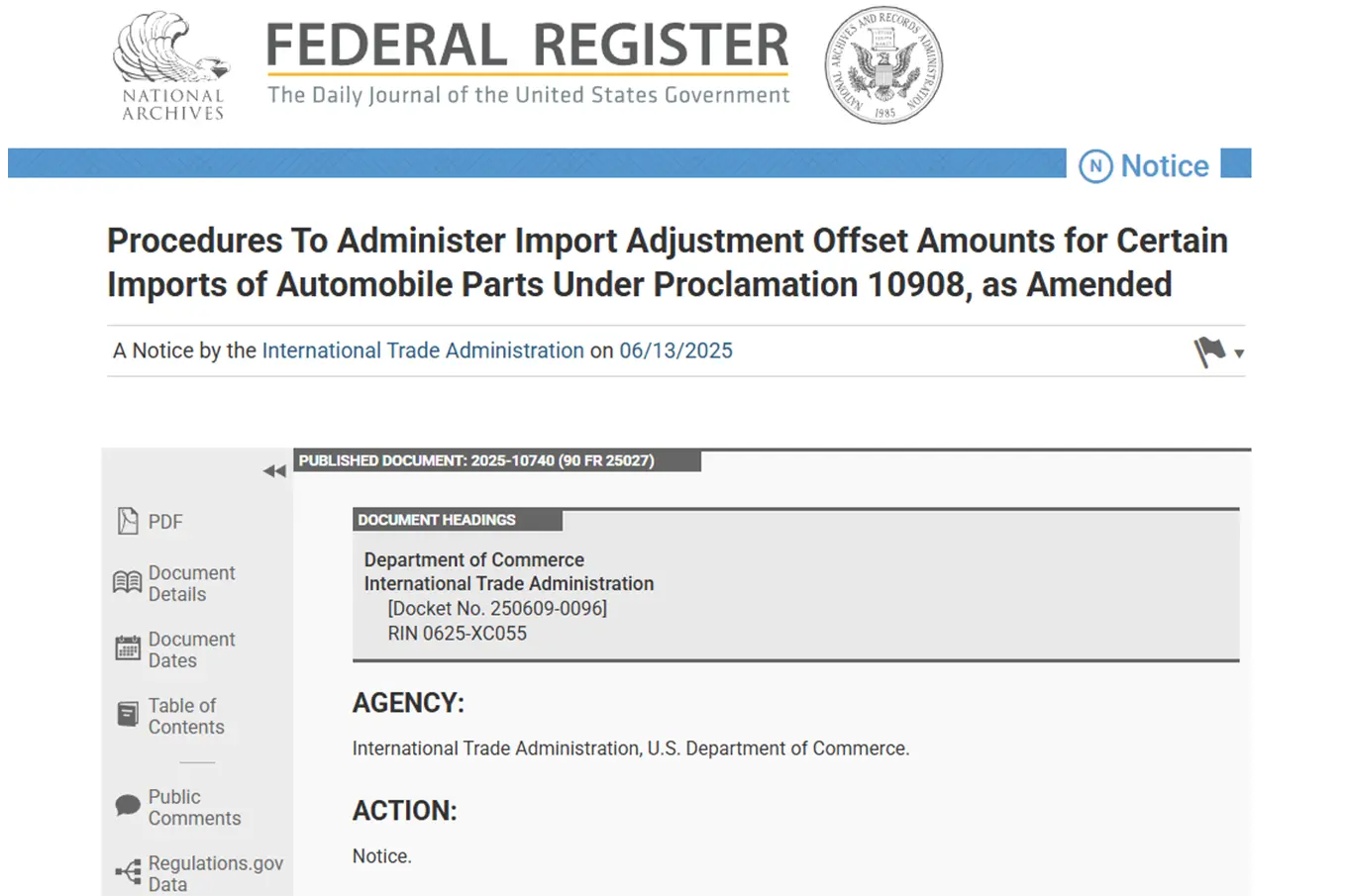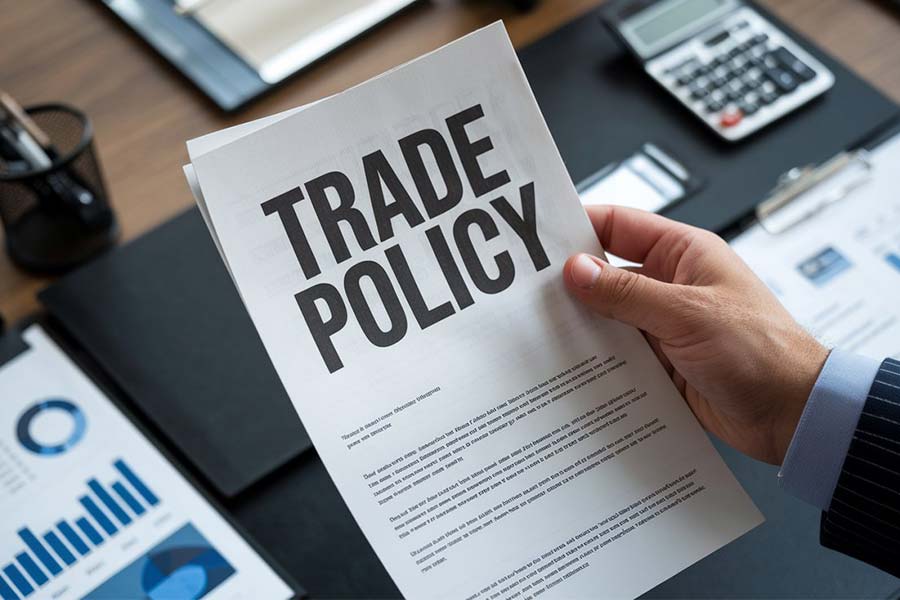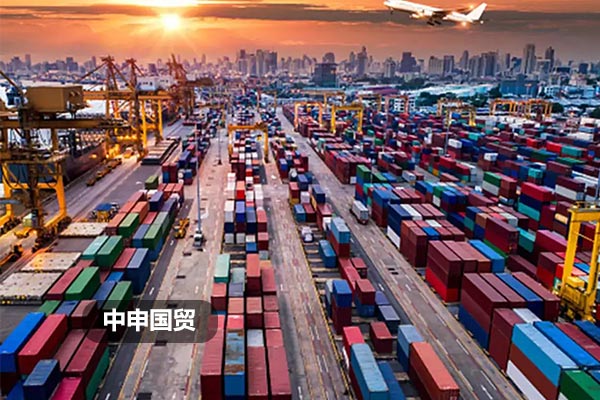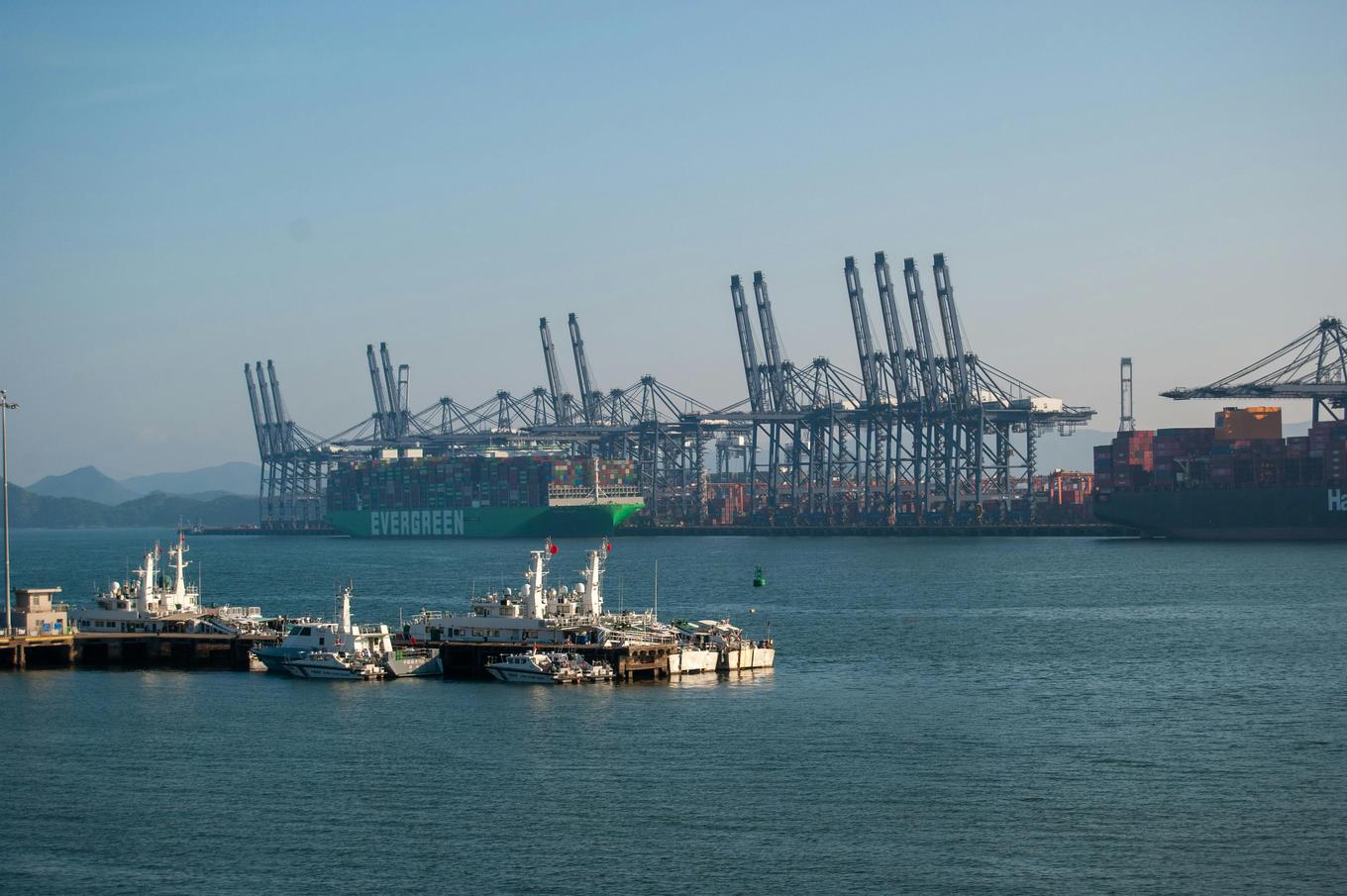- Shanghai Zhongshen International Trade Co., Ltd. - Two decades of trade agency expertise.
- Service Hotline: 139 1787 2118

The microscopic approach to importing precision instruments
Asforeign tradeAs a professional with 20 years of field experience, I have witnessed the rapid growth of Chinas scientific researchEquipment Importsdemands. The import of precision instruments represented by scanning electron microscopes often faces more challenges in customs clearance due to their high value and high-tech characteristics. Today, we will useZhongShen International Tradea recent actual agency case as a sample to provide you with insights into the key points of the entire import process for such equipment.
Case Background: The Customs Clearance Story of a Million-Yuan Research Equipment
A field emission scanning electron microscope (FE-SEM) purchased by a national laboratory from Germany was valued at approximately 280,000 euros. This equipment with nanometer-level resolution is a typical high-end research instrument. When the ZhongShen International Trade team received the commission, they first faced three core issues: HS code classification, assessment of duty reduction policy applicability, and special packaging and transportation requirements.
Through professional pre-classification, we determined that the equipment should be classified under 9012.10, with an import tariff rate of 8% and VAT of 13%. As the client qualified for the scientific and educational supplies duty-free policy, we assisted in preparing complete duty reduction application materials, ultimately saving the client approximately 350,000 yuan in taxes.
Complete Customs Clearance Process Breakdown: From German Factory to Beijing Laboratory
Phase 1: Pre-shipment Preparation (Critical 72 Hours)
International transportation of precision instruments requires special handling:
- Customized shock-proof packaging: Multi-layer cushioning materials are used to ensure the equipment is unaffected by vibrations during transit
- Constant temperature and humidity transport: Some electronic components are sensitive to temperature and humidity, requiring special labeling of transport conditions
- Technical documentation preparation: Original manufacturer manuals, technical parameter sheets, etc. must be prepared in advance
Phase 2: Customs Clearance Operations at Beijing Airport
When the equipment arrives at Beijing Capital International Airport, our operational procedures are as follows:
- Document exchange: Obtain the delivery order using the airlines arrival notice (average processing time: 2 hours)
- Customs Declaration and Inspection: Submit contract, invoice, packing list, air waybill,It is recommended to verify through the following methods:etc. (Key point: Declaration elements must include professional parameters such as resolution and intended use)
- Tax payment: If tax exemptions are not applicable, tax payment must be completed within 3 working days after customs issues the tax notice
- Inspection coordination: High-value equipment has a higher customs inspection rate, requiring advance preparation of technical specifications
Tariff Planning and Compliance Key Points
Tariff planning for precision instruments mainly comes from three aspects:
| Planning dimension | Key operation points | Potential tax saving ratio |
|---|---|---|
| HS Code classification | Accurate distinction between general-purpose and special-purpose equipment | 5-15% |
| Free trade agreement | Application of agreement tariff rates (China-EU, ASEAN, etc.) | 3-8% |
| Policy-based exemptions | Educational/scientific materials, major technical equipment, etc. | 100% |
Special attention should be paid to Customs increasingly strict verification of the authenticity of scientific research equipment imports. We once encountered an institution declaring an electron microscope for scientific research that was later found to be used for commercial testing during inspection, resulting in tax recovery and penalties. Therefore, ensure declared information matches actual usage completely.
Frequently Asked Questions
Q: Is importing used electron microscopes feasible?
A: Generally permitted, but note: ① Equipment age typically shouldnt exceed 5 years; ② Original manufacturer inspection reports must be provided; ③ Some models require import licenses due to controls.
Q: Which import costs are commonly underestimated?
A: Besides tariffs and VAT, frequently overlooked expenses include: ① Port storage fees (long inspection times for precision instruments); ② Special packaging costs; ③ Laboratory installation and debugging fees (requiring original manufacturer engineers to enter the country).
Q: How to shorten customs clearance time?
A: We recommend adopting a three advance strategy: ① Advance HS code classification; ② Advance preparation of duty reduction materials; ③ Advance inspection appointment. Using this strategy, the ZhongShen team once achieved a record of 48-hour clearance for high-value equipment.
Professional Advice to Importing Enterprises
Based on years of practical experience, here are three recommendations for organizations planning to import precision instruments:
- Choose professional agents: General freight forwarders often lack experience in importing instruments and equipment. It is recommended to choose an agency company with practical cases of handling scientific research equipment.
- Emphasize pre-inspection work: It is recommended to conduct professional pre-inspection before overseas shipment to avoid discovering issues like specification discrepancies after arrival at the port.
- Establish emergency plans: Develop response plans in advance for special situations that may arise, such as inspection disputes and technical appraisals.
With Chinas continuous increase in scientific research investment, the demand for high-end instrument imports will inevitably maintain growth. As a professional import service provider, ZhongShen International Trade has established a service network covering major global production areas of scientific research equipment, offering one-stop solutions from overseas pickup to domestic distribution. For more details on importing equipment like electron microscopes, feel free to contact our expert team anytime.
Related Recommendations
? 2025. All Rights Reserved. Shanghai ICP No. 2023007705-2  PSB Record: Shanghai No.31011502009912
PSB Record: Shanghai No.31011502009912










